There are hundreds of options available when it comes to the best beginner cameras. Plenty of models now offer a combination of ease of use and high-specification features, along with flexible shooting modes and a low price. It can feel a little overwhelming to navigate all the brands and model numbers though, which is where this guide comes in.
Choosing the right beginner camera can set you on a path for learning more about the craft, so it’s wise to have a think about the kind of photography you’ll be wanting to do. Some setups, without image stabilisation and 4K video for example, are better suited for stills photography, where other options cater more closely to the vlogging and content creator market. These tend to include features such as 4K video, face detection, speedy autofocus and tilting screens that make filming on the go a lot easier.
If you’re looking for higher spec cameras, you might want to read through our guides to the best cameras for astrophotography and the best cameras in general. But if it’s definitely an entry-level model you want, then have a browse through the list below.
Best overall
In our Nikon D5600 review, we were impressed with the camera’s ability to produce stunning images from the word go, with a reliable autofocus system and a live-view mode that surprisingly produces excellent results and is enjoyable to use.
Once flipped out, the touchscreen works well at acute angles, and we particularly liked the ability to touch the screen to release the shutter, with the autofocus doing its job well. The D5600 was released a little while ago, but to its credit it still keeps up with the competition — we’d be tempted to spend a bit more money and jump straight to this model as its 39-point and sharp images offer a noticeable step-up when compared with other entry-level systems.
Best for serious beginners
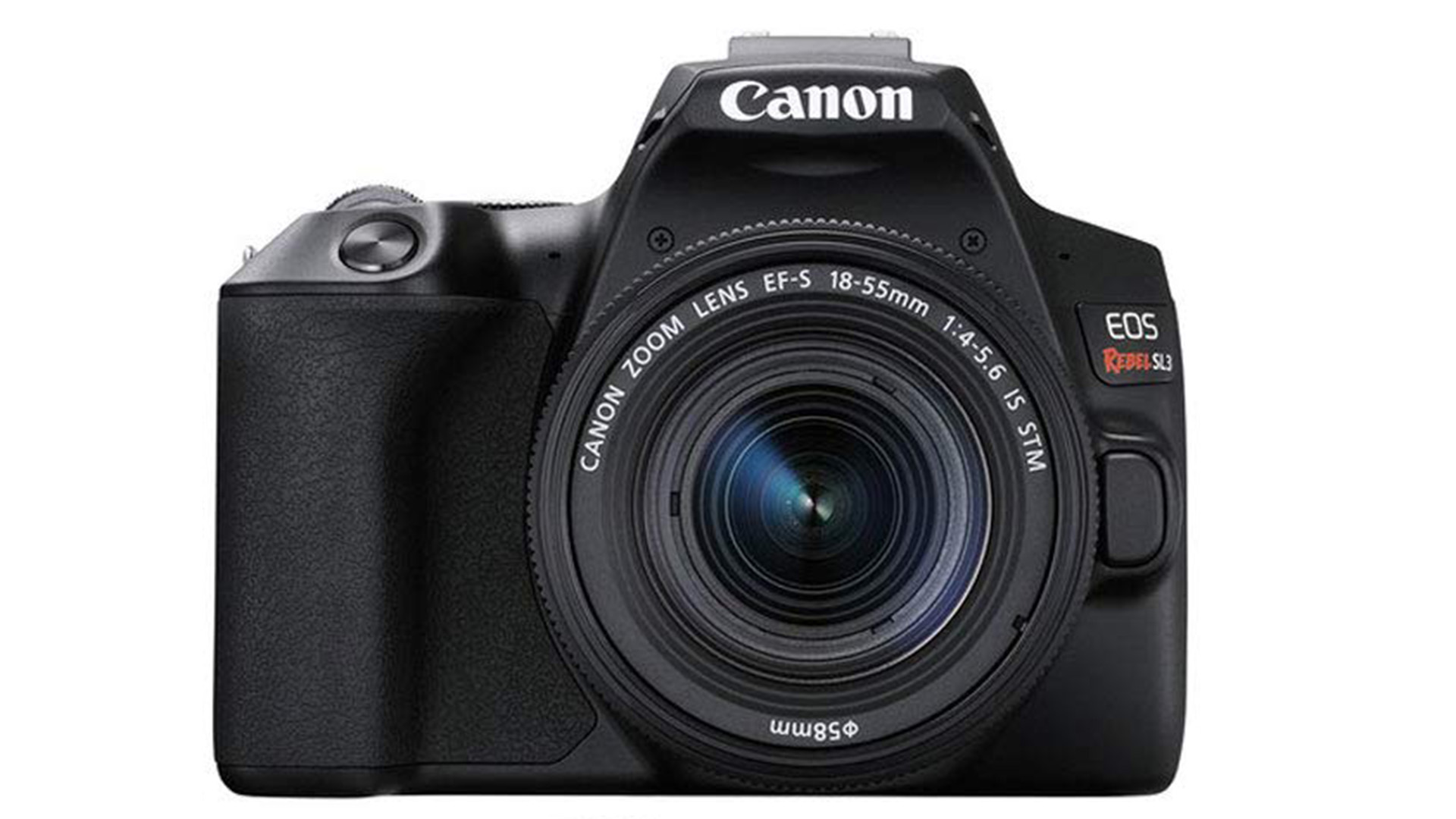
The Rebel SL3 shares much of the same sensor and imaging technology as the EOS M series of mirrorless cameras, but comes with an optical viewfinder and more traditional approach to picture taking, with a guide mode for beginners and a lightweight, compact package that fans of travel photography will appreciate.
There are good connectivity options for transferring images to portable devices, and ergonomically, the camera’s easy to use and operate. Dive a little deeper and you’ll be reminded that this is a basic setup for those just starting out, but with the inclusion of 4K video, an excellent live mode and good, stable WiFi for downloading photos on the move, this is a versatile and flexible camera to be highly recommended.
Best for smartphone photographers
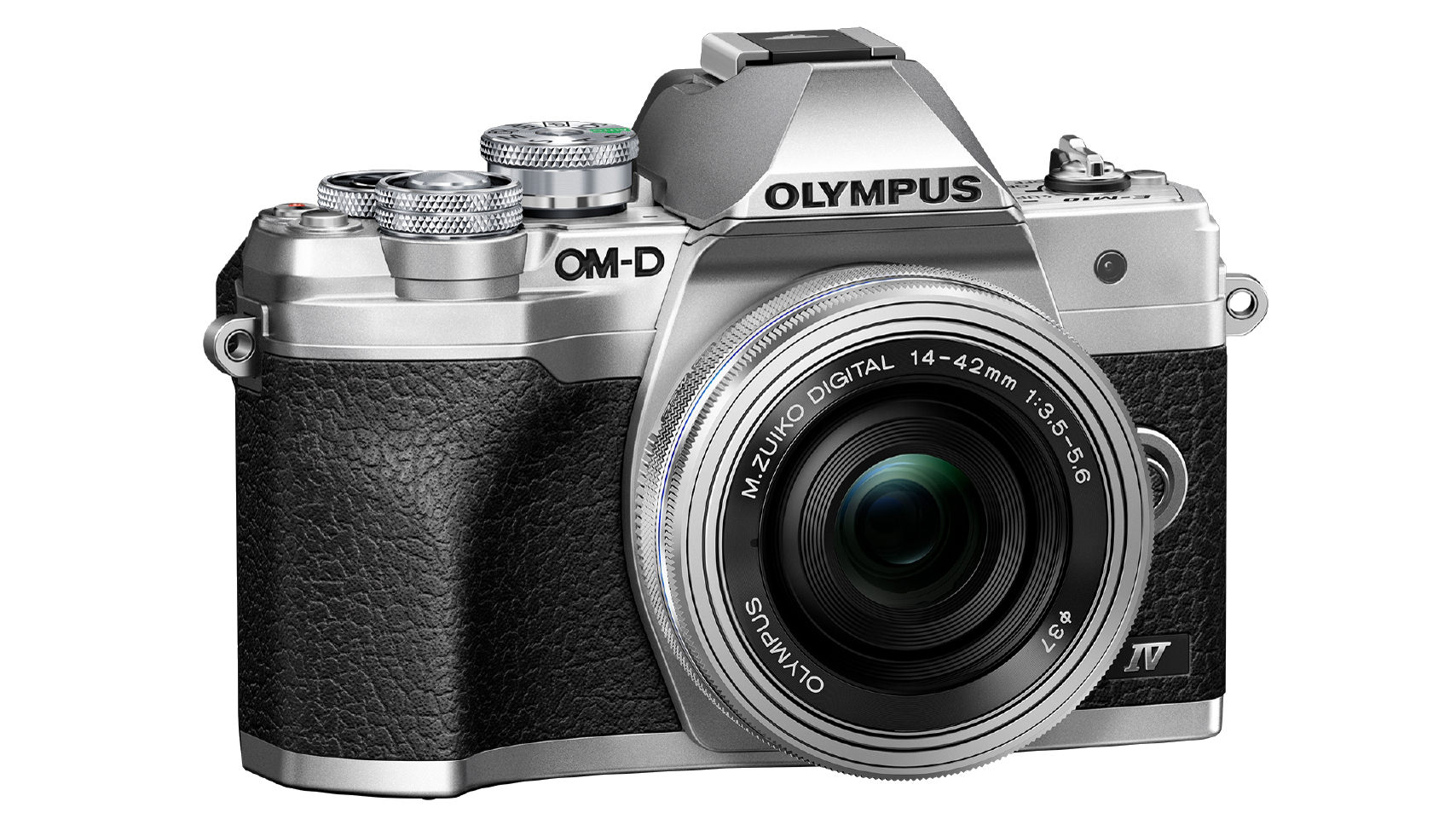
This is the entry-level offering from Olympus and is a welcome addition at the beginner end of the spectrum for those looking to get on the DSLR ladder. There’s an updated sensor in this unit, which provides attractive, sharp and well-balanced images in both RAW and JPG modes. The camera features good image stabilization and connectivity options, with both WiFi and Bluetooth available.
Styling wise, we appreciated the classic look of the camera, but we would have liked an articulated or tilting screen at the back, rather than one that just folds down, as this limits its use on tripods for astrophotography or gimbals for filmmaking. That being said, if you’re still taking photos with your smartphone, and need a great holiday-snapper, this would be an accessible and easy to use upgrade and one that boasts impressive features and performance.
Best for styling
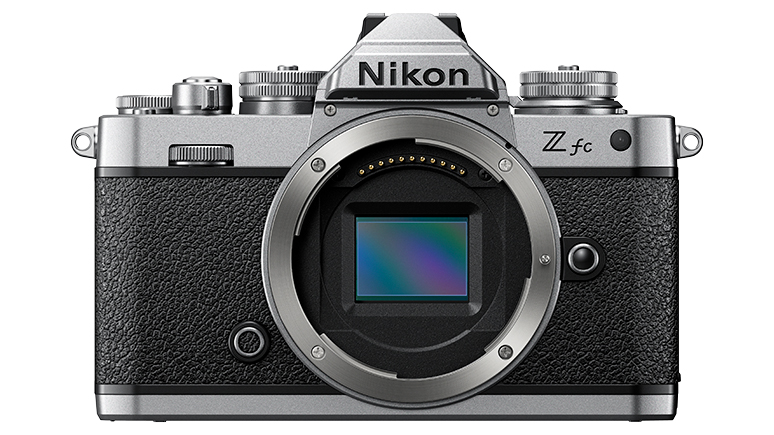
The first thing that strikes you about the Z fc is Nikon’s approach to the design and build of the camera, which is unashamedly retro and harks back to the brand’s products of decades past. We think it’s a fantastic looking device, mixing the old with the new and subtly incorporating modern features in a tasteful way. It’s not all style over substance though — the body of the camera itself feels well-built and sturdy.
The camera’s mirrorless setup offers a lightweight, powerful package that produces excellent results in a variety of modes. We would have liked to have seen a slightly more diverse and extensive range of lenses on offer and some in-built weatherproofing, but for our money, this is one of the most accomplished and enjoyable to use cameras on the beginner-friendly market.
Best value for money
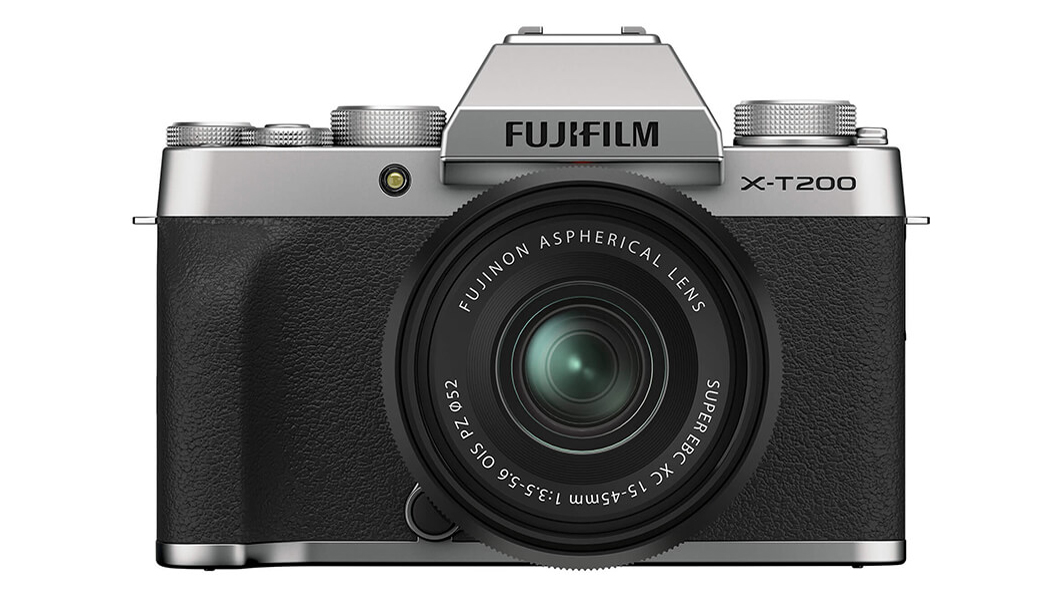
This is an affordable set up from Fujifilm, and not only does it look the part, it provides an easy to use interface that beginners graduating from smartphones will appreciate. Straight out the box, we didn’t have any trouble getting going with it, and complex controls can easily be circumvented using the touchscreen.
We also liked the 4K video (down sampled from 6K) and the added mic and headphone slots which impressed us on a camera at this price range — it feels like you’re getting a fair bit for your money. In both stills and video modes, the image quality is excellent too, with fantastic colour reproduction and a high dynamic range that allows for a flexible post-camera workflow. We think this is one of the best value compact cameras out there at the moment.
Best for content creators
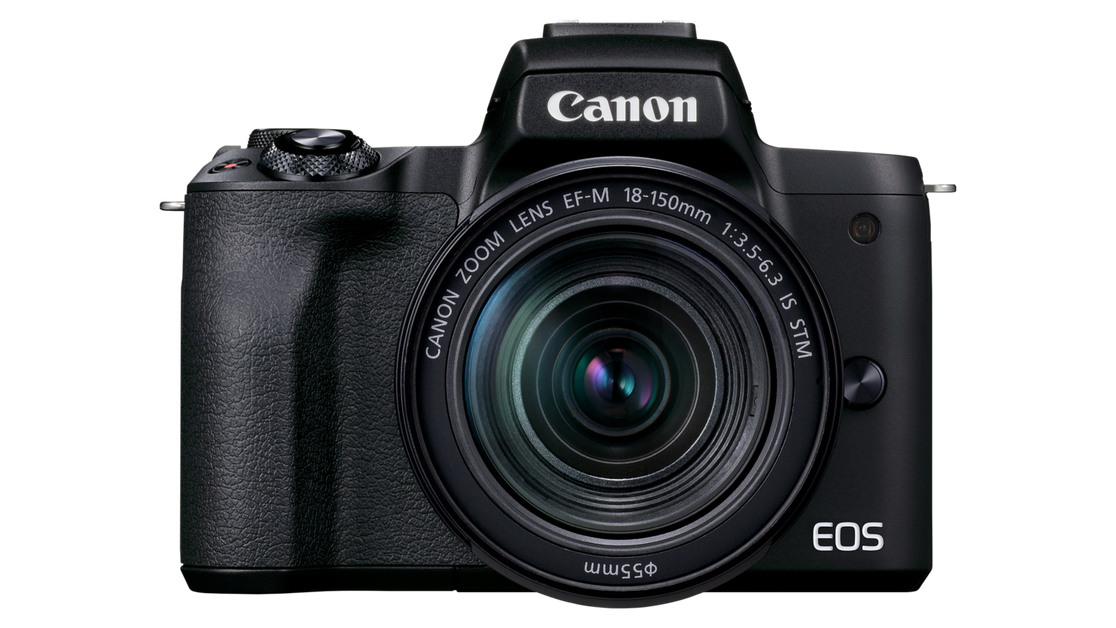
Albeit subtle, there are a number of worthwhile updates to the M50 Mark II, most noticeably in the autofocus and auto shooting modes. We were particularly impressed with the camera’s face tracking and detection, which made capturing portraits or videos of people easy, and the livestreaming and vertical video modes, although gimmicky, we could see providing some real value for frequent social media users.
There’s no headphone socket, despite there being a mic input, and the sensor does crop 4K video quite considerably. This, added to the fact that the battery drains quite quickly in video mode means that more serious vloggers or filmmakers might want to look elsewhere, but for a competent shooter and an easy to use camera this will fit the bill for many users.
Best budget option
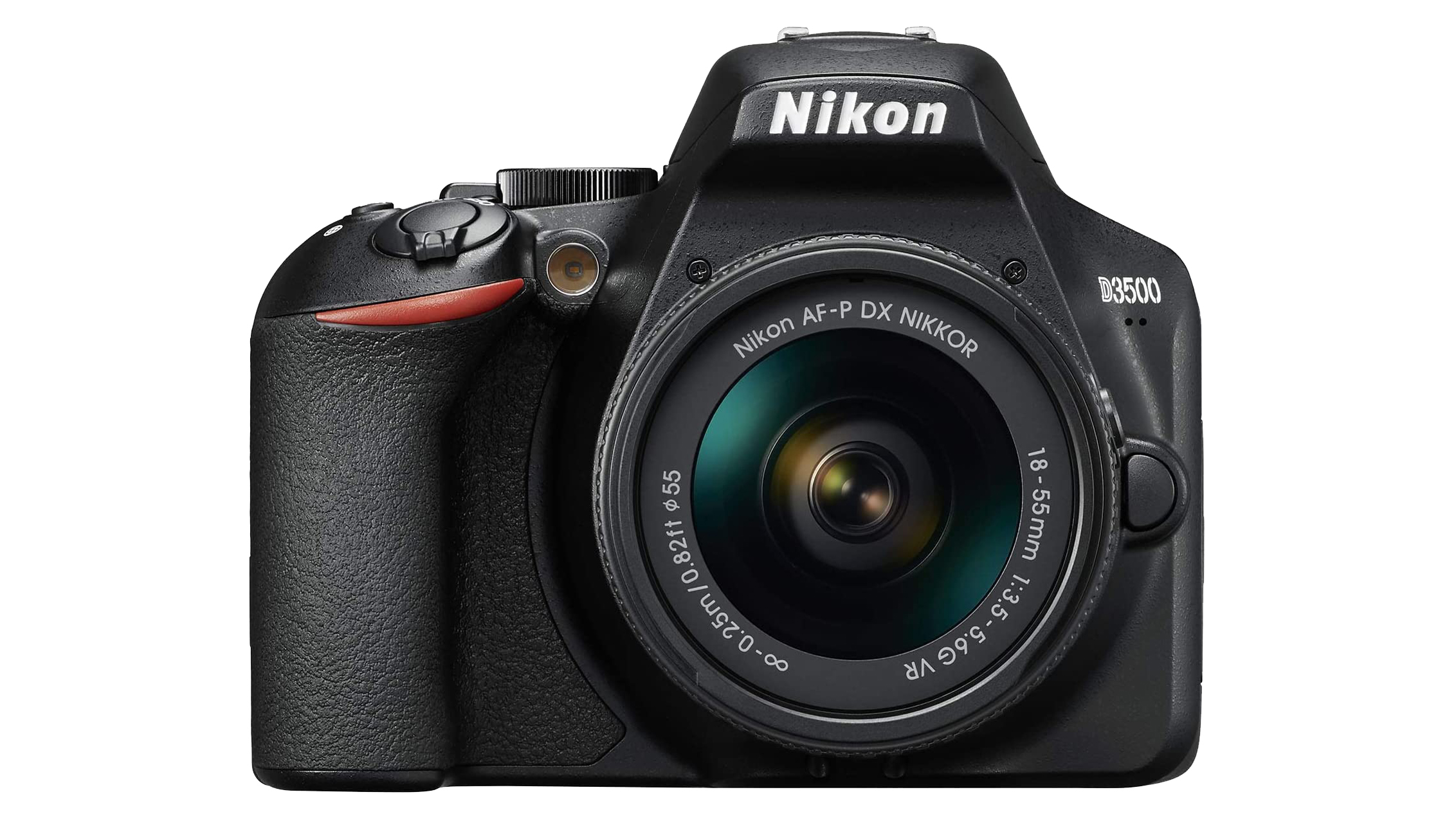
As we’ve pointed out in our standalone Nikon D3500 review, we think the Nikon D3500 is one of the most capable entry-level beginner cameras out there. It’s not without its faults, but a combination of a good kit lens, speedy operation, compact setup and excellent value for money makes it an attractive package.
Intermediate or more advanced users may get frustrated with the guide mode and the limited scope for growth and development, but we’d certainly recommend this option for budding photographers starting out.
Best second-hand option
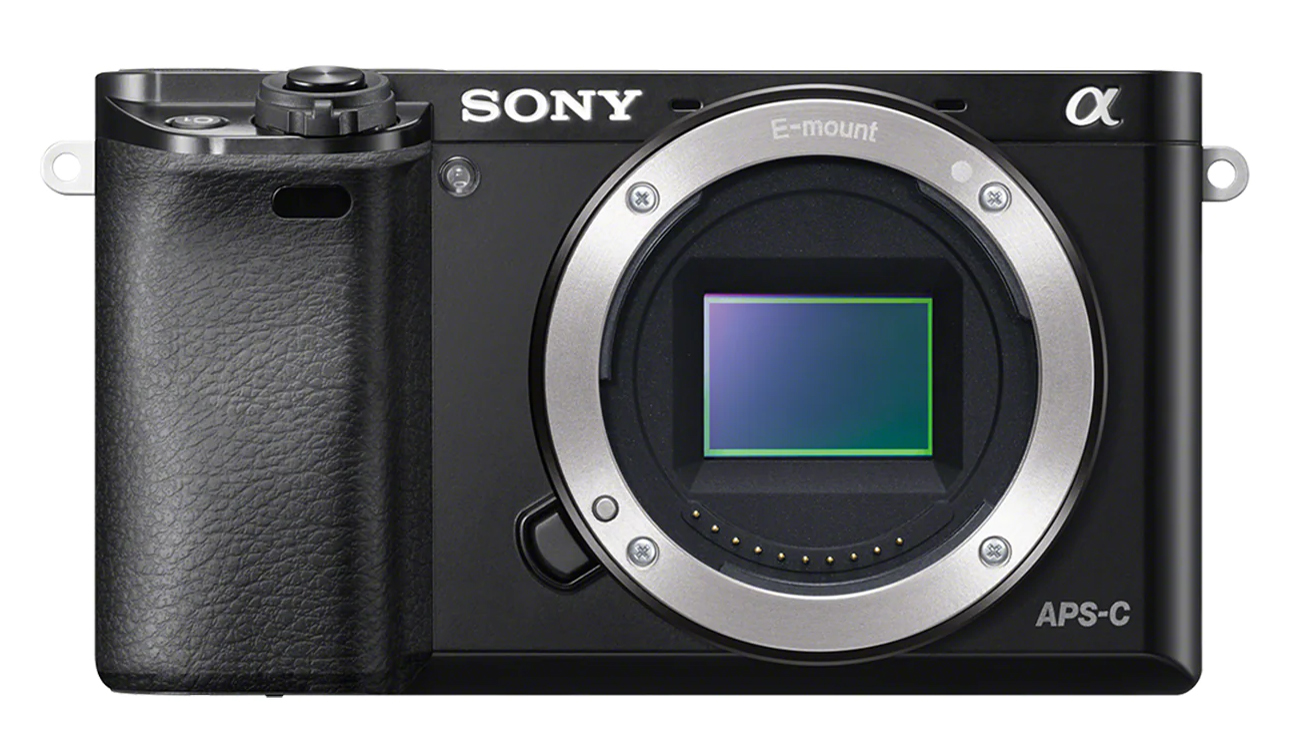
The Sony A6000 was released the best part of a decade ago, but its popularity for beginners is testament to the camera’s wide range of uses and its build quality. In terms of its style, it’s starting to look a bit dated, and images can be a bit grainy and noisy in dark locations when the ISO is bumped up, but for many we think this is still a very competent camera that would suit a wide range of uses for beginners learning the craft and wanting to get more out of their images.
One word of warning, the Sony A6000 is creeping back up in price again now that fewer units are in circulation. For the same money, you can probably pick up a newer DSLR camera with 4K video and updated hardware and software. That being said, there are plenty of very attractive second hand options on the market.
Best for travel
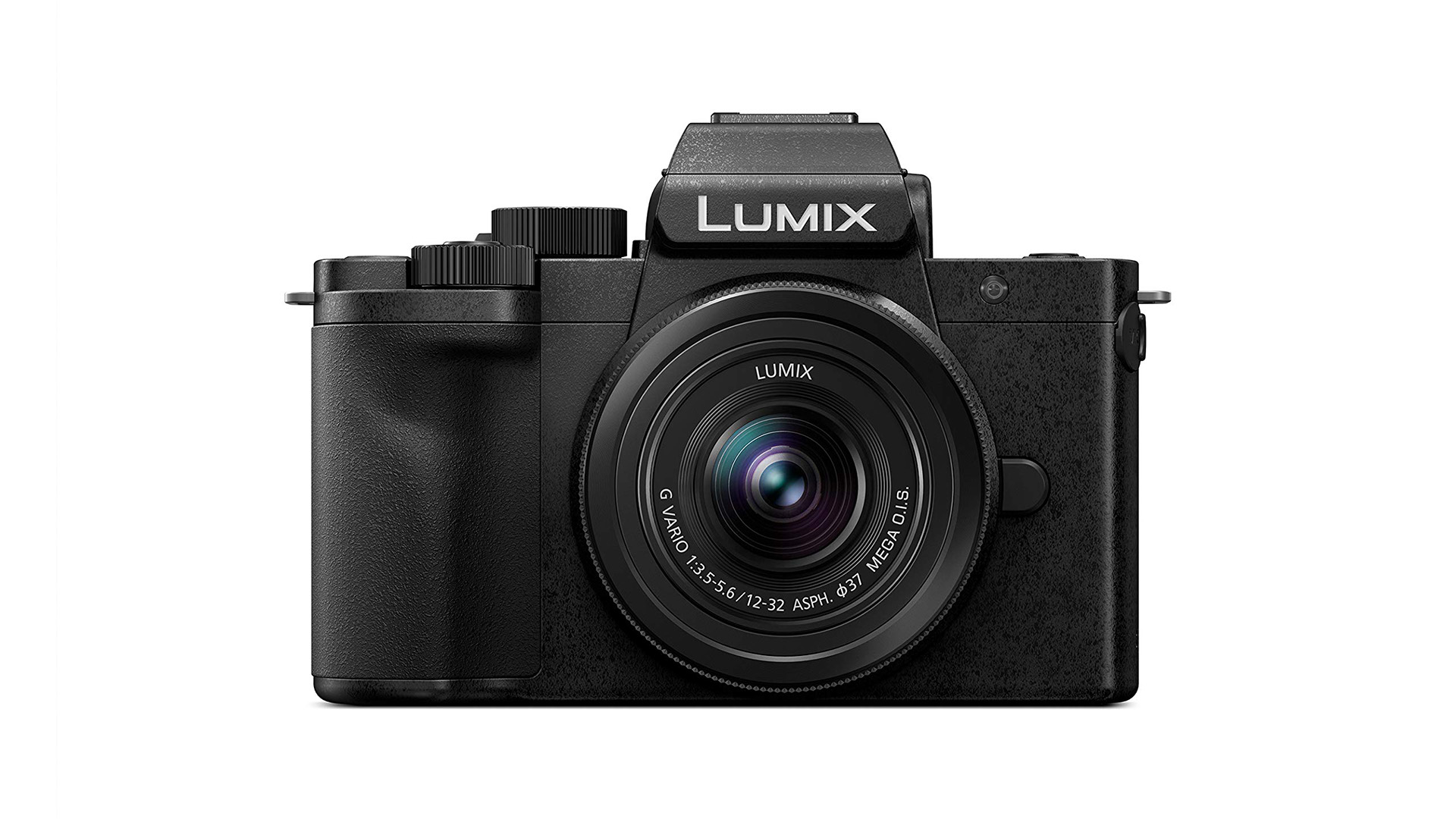
Panasonic’s Lumix series of cameras work as four-thirds setups, meaning they have a unique sensor size that is smaller and provides the ability to ensure the body itself stays as portable as possible. The G100 is a compact and lightweight unit that works well for content creators – it has a large grip for safe use while on the move, and the large extendable display makes it easy to see what’s going on.
Directional, tracked audio as well as face detection make this a good purchase for content creators, vloggers and filmmakers, however we did find that the autofocus isn’t quite as good as some of its competitors – with significant ‘focus hunting’ and a time-limited 4K shot time of 10 minutes. If you’re after a small, travel-oriented vlogging camera to get you going however, this is a good start.

